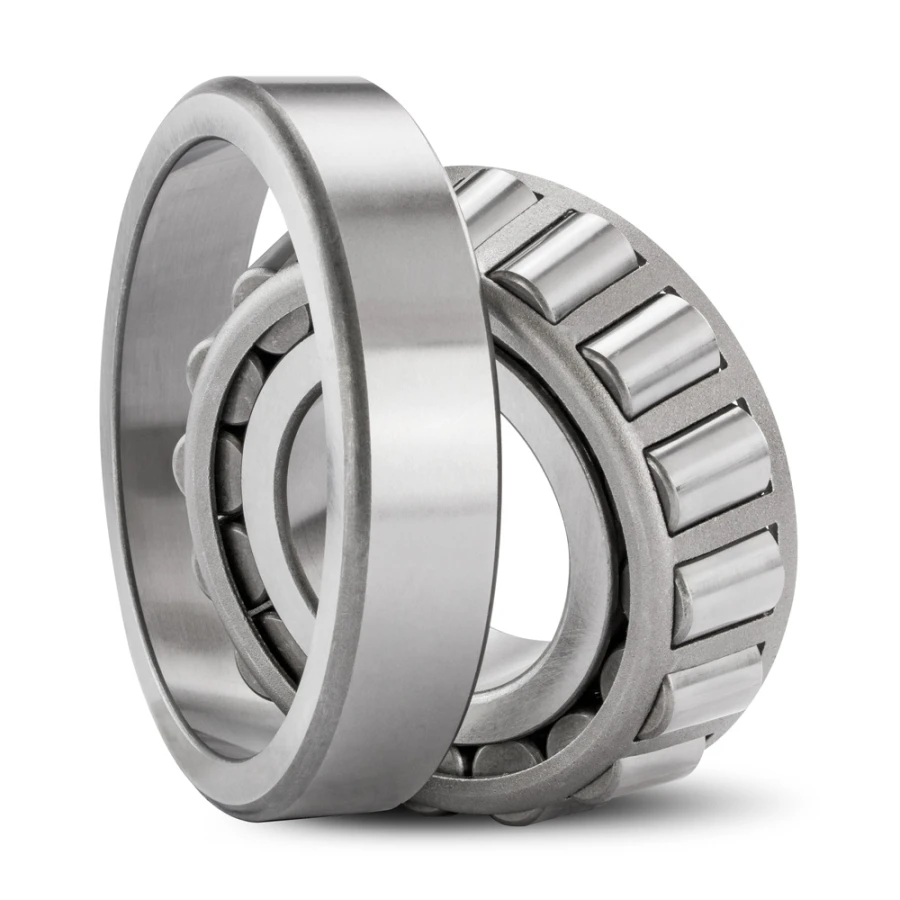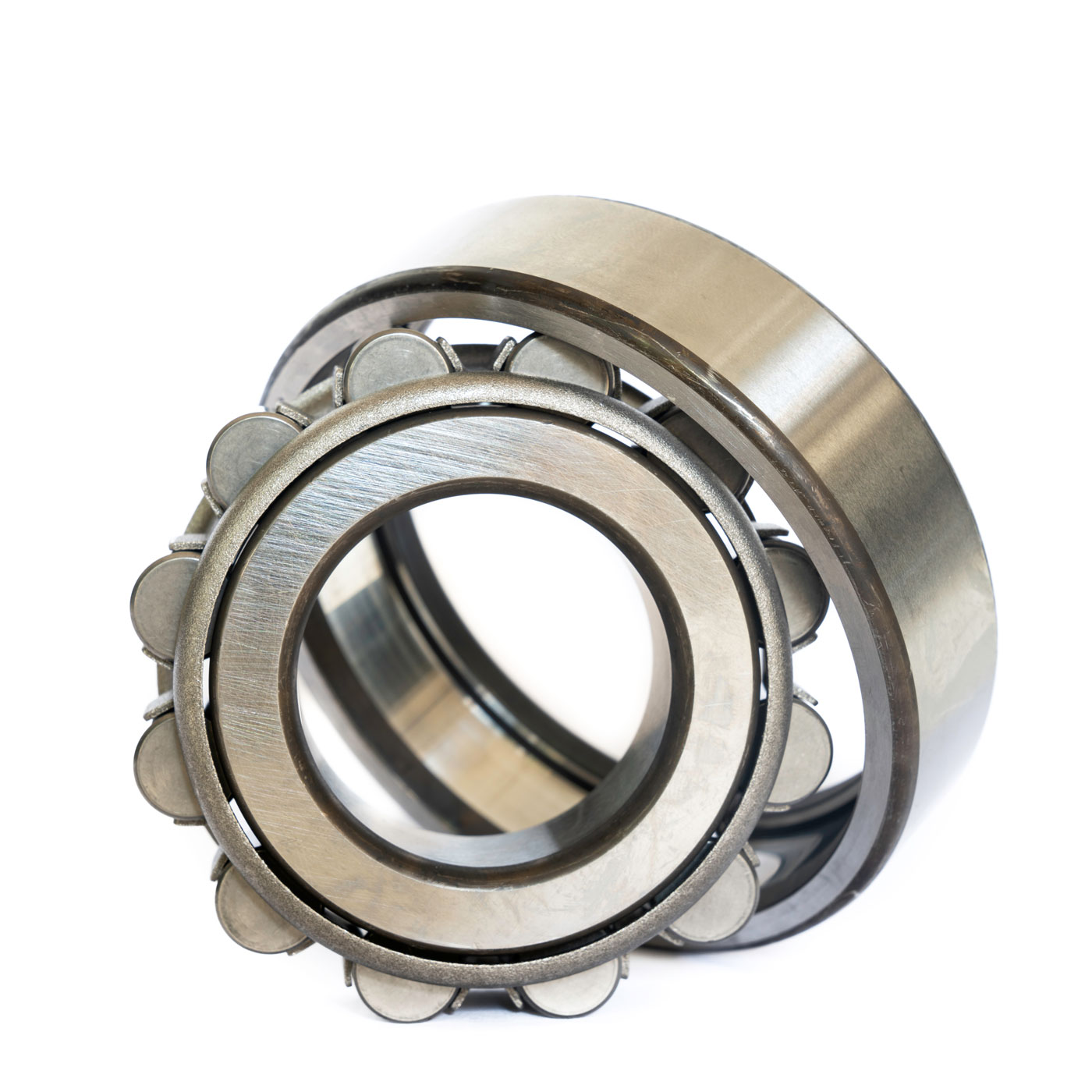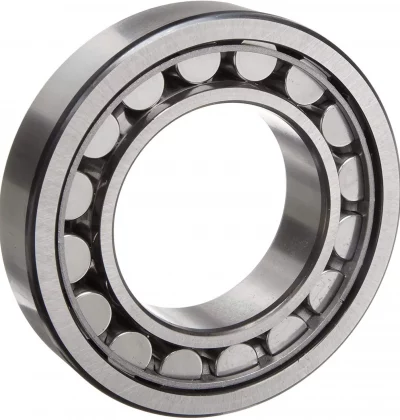What are the Steps for Proper Installation and Alignment of Tapered Roller Bearings?
Proper installation and alignment of tapered roller bearings are essential to ensure optimal performance, reliability, and longevity. Incorrect installation can lead to premature wear, reduced efficiency, and even catastrophic failure. Here are the steps to follow for the correct installation and alignment of tapered roller bearings:
- 1. Clean and Prepare the Components:
Thoroughly clean the bearing components, including the bearing housing, shaft, and associated parts. Remove any dirt, debris, or old lubricant that could impact the bearing’s operation.
- 2. Choose the Correct Tools:
Use appropriate tools and equipment for the installation, such as bearing heaters for controlled heating and proper fit. Avoid using excessive force or striking the bearing directly, as this can damage the components.
- 3. Inspect the Bearings:
Before installation, visually inspect the tapered roller bearings for any signs of damage or defects. Ensure that the rollers and raceways are clean and free from contaminants.
- 4. Apply Lubrication:
Apply the recommended lubricant to the rollers, raceways, and other bearing components. Proper lubrication is crucial for reducing friction, dissipating heat, and preventing premature wear.
- 5. Mount the Bearings:
Mount the bearings onto the shaft or into the housing using appropriate methods. Avoid applying excessive force directly to the bearing components, as this can lead to damage. Utilize specialized tools like bearing pullers and press tools if necessary.
- 6. Ensure Proper Alignment:
Proper alignment is critical to prevent excessive loads, misalignment, and premature wear. Use precision measurement tools to ensure the bearing is aligned with the shaft and housing within specified tolerances.
- 7. Apply Controlled Heat:
If necessary, apply controlled heat to the bearing components to aid in expansion and facilitate proper fit. Ensure that the heat is applied uniformly to avoid distortion or damage.
- 8. Use Adequate Preload:
If specified for your application, apply the appropriate axial preload to eliminate internal clearance and optimize load distribution among the rollers.
- 9. Secure Bearings:
Secure the bearings in place using locking mechanisms, such as locknuts, to prevent unintended movement and ensure proper retention.
- 10. Verify Fit and Function:
After installation, verify that the bearings are properly seated, aligned, and functioning as intended. Rotate the shaft to ensure smooth operation and absence of unusual noise or vibration.
- 11. Document the Installation:
Keep a record of the installation process, including alignment measurements, preload values, and any relevant notes. This documentation can aid in future maintenance and troubleshooting.
Proper installation and alignment are essential to achieving optimal performance and longevity from tapered roller bearings. Following these steps ensures that the bearings operate smoothly and reliably within their intended applications.
Can cylindrical roller bearings be used in both radial and axial load applications?
Yes, cylindrical roller bearings are capable of supporting both radial and axial loads. They are designed to handle primarily radial loads but can also withstand certain axial loads depending on the bearing’s configuration and design features. Let’s delve into the details:
- Radial Load Capacity:
Cylindrical roller bearings are primarily designed to carry radial loads, which are perpendicular to the shaft’s axis. The cylindrical rollers distribute the load evenly along their length and transmit it to the raceways. The rings of the bearing, both the inner and outer rings, provide structural support and maintain the position of the rollers. The cylindrical shape of the rollers enables efficient load distribution, making cylindrical roller bearings suitable for applications with significant radial loads.
- Axial Load Capacity:
While cylindrical roller bearings are primarily designed for radial loads, they can also accommodate certain axial loads depending on their specific design features. There are different types of cylindrical roller bearings that offer varying degrees of axial load capacity:
- Single-row cylindrical roller bearings:
These bearings can accommodate limited axial loads in one direction. The axial load-carrying capacity is determined by the bearing’s internal design, including the shoulder and rib configurations on the inner and outer rings. Single-row cylindrical roller bearings with a full complement of rollers, where the cage is removed, can provide higher axial load capacity at the expense of reduced speed capability.
- Double-row cylindrical roller bearings:
Double-row cylindrical roller bearings have increased axial load-carrying capacity compared to single-row bearings. They can support axial loads in both directions and are often used in applications where combined radial and axial loads are present. Double-row cylindrical roller bearings have additional features such as increased rib height, modified internal clearance, or a different cage design to enhance their axial load-carrying capability.
- Multi-row cylindrical roller bearings:
Multi-row cylindrical roller bearings, such as four-row or six-row designs, offer even higher axial load capacity. These bearings are commonly used in heavy-duty applications where extremely high radial and axial loads need to be accommodated, such as rolling mills, crushers, or gearboxes.
It’s important to consider the specific load requirements of the application when selecting cylindrical roller bearings. Factors such as the magnitude and direction of the loads, the bearing’s speed capability, and any potential misalignment should be taken into account to ensure the bearing is properly sized and can handle the anticipated loads.
In summary, while cylindrical roller bearings are primarily designed to carry radial loads, they can also support certain axial loads depending on their design. Single-row, double-row, and multi-row cylindrical roller bearings offer varying degrees of axial load capacity, allowing them to be utilized in applications with combined radial and axial loads.
How do cylindrical roller bearings differ from other types of roller bearings?
Cylindrical roller bearings possess distinct characteristics that set them apart from other types of roller bearings. Let’s examine the key differences between cylindrical roller bearings and other common roller bearing types:
- Design and Structure:
Cylindrical roller bearings feature cylindrical rollers that have a high length-to-diameter ratio. This design allows them to accommodate high radial loads and moderate thrust loads. In contrast, other types of roller bearings, such as spherical roller bearings or tapered roller bearings, have different roller shapes and configurations tailored for specific load and application requirements.
- Load Capacity:
Cylindrical roller bearings excel in handling radial loads. Their cylindrical roller arrangement and large contact area with the raceways enable them to distribute loads evenly along the rollers’ length. This characteristic makes cylindrical roller bearings suitable for applications where the primary load is radial. In comparison, other roller bearing types may be better suited for applications with different load orientations or combinations of radial and axial loads.
- Thrust Load Capability:
While cylindrical roller bearings can accommodate moderate axial loads, they are primarily designed for radial load-carrying capacity. On the other hand, thrust roller bearings, such as spherical roller thrust bearings or tapered roller thrust bearings, are specifically designed to handle predominantly axial loads. These thrust bearings have different roller arrangements and structures optimized for axial load resistance.
- Internal Clearance:
Cylindrical roller bearings offer a range of internal clearances, which is the space between the rolling elements and raceways when no external load is applied. The internal clearance affects factors such as running accuracy, thermal expansion, and the ability to accommodate misalignment or axial displacement. In contrast, other roller bearing types may have different clearance options or incorporate specific features, such as preloading, to optimize performance in their respective applications.
- Application Diversity:
Cylindrical roller bearings find extensive use in various machinery applications, including electric motors, gearboxes, pumps, and compressors. However, other roller bearing types have their own advantages and are commonly employed in specific industries or applications. For instance, needle roller bearings are suitable for applications with limited radial space, while crossed roller bearings are commonly used in precision machinery that requires high positioning accuracy.
- Operating Speed:
Cylindrical roller bearings can operate at high speeds, depending on their design and internal clearance. Manufacturers provide speed ratings and guidelines to ensure proper selection and operation within the bearing’s speed limits. Other roller bearing types may have different speed capabilities based on their specific design features, such as the shape of the rollers, cage design, or lubrication requirements.
Understanding the differences between cylindrical roller bearings and other types of roller bearings is crucial for selecting the appropriate bearing for a given application. Factors such as load requirements, load orientation, speed, space limitations, and environmental conditions should be carefully considered to ensure optimal bearing performance and longevity.
editor by CX 2024-04-24




